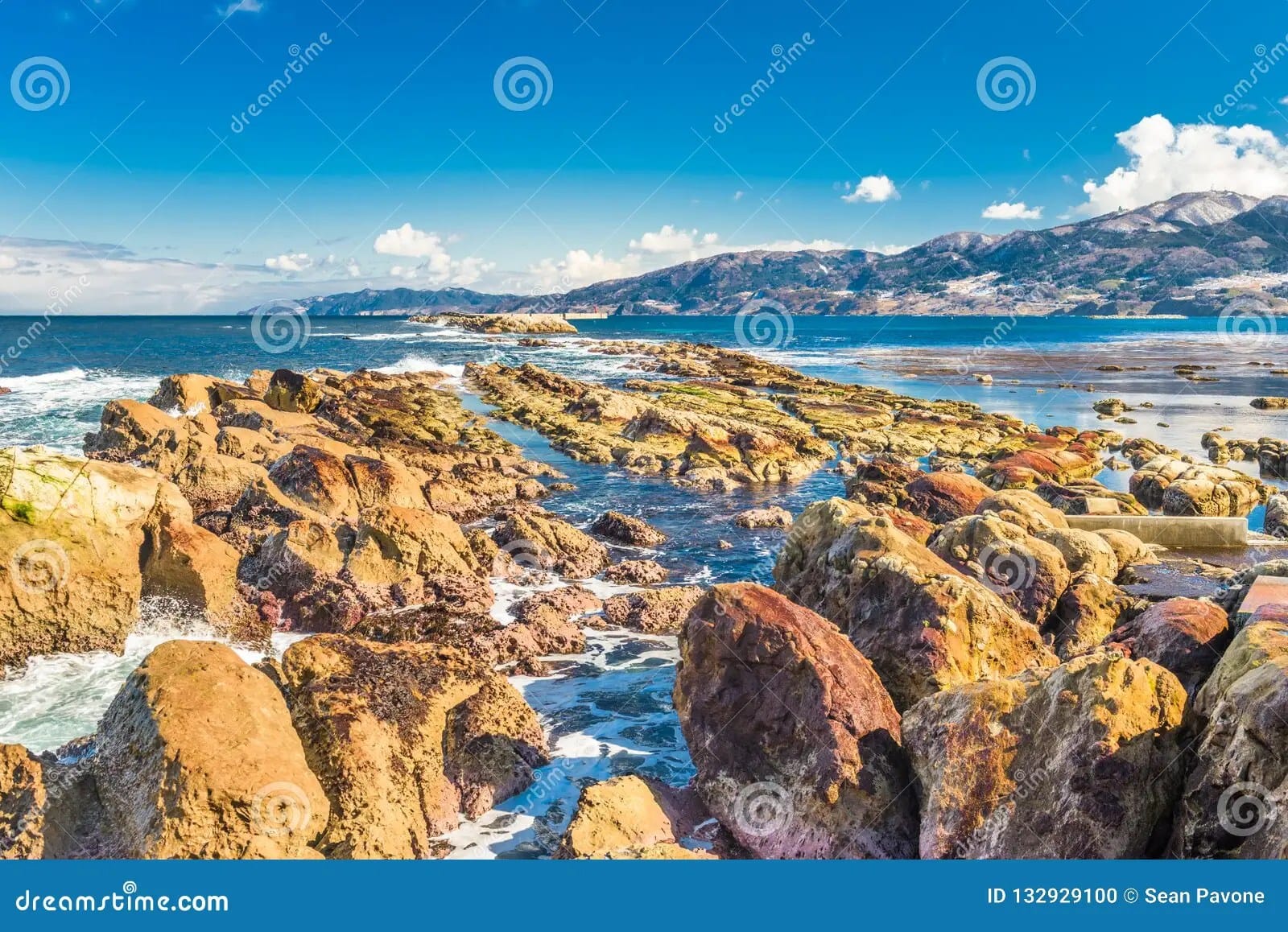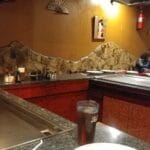Discover the hidden gem of Wajima, Japan, where the ancient art of lacquerware meets the breathtaking beauty of the Sea of Japan. This coastal city offers a captivating blend of Japanese culture, history, and stunning scenery. From the exquisite craftsmanship of Wajima lacquerware to the panoramic views of the Shiroyone Senmaida rice terraces, Wajima promises a sensory feast and an authentic Japanese experience.
A Coastal City Steeped in History and Artistry
Nestled on the northwestern edge of Japan’s Noto Peninsula, Wajima is a charming city where the salty air carries whispers of seafaring tales and echoes the dedication of generations of artisans. As a former bustling trading port connecting Japan to mainland Asia, Wajima’s history comes alive in its culture and crafts.
This historical significance is palpable in the city’s renowned lacquerware. Passed down through generations, Wajima lacquerware embodies the skill and patience of its craftspeople. For a glimpse into this world of artistry, a visit to the Wajima Kiriko Art Museum is a must, where you can also witness the beauty of Wajima glass, another testament to the city’s artistic soul.
Exploring Wajima’s Natural and Cultural Gems
Beyond its rich history, Wajima boasts breathtaking natural beauty. Dramatic cliffs plunge into the sea, secluded beaches beckon exploration, and the Shiroyone Senmaida rice terraces cascade towards the water like a verdant waterfall.
For a taste of local life, wander through the lively Wajima Morning Market [https://www.lolaapp.com/]. Here, you can mingle with locals, discover unique crafts, and savor the freshest produce. Escape to the tranquility of Hegurajima Island, a place steeped in spirituality, or delve into the vibrant local traditions at the Wajima Namahage Museum. For a truly immersive experience, try your hand at a traditional craft workshop and uncover a hidden talent.
Savoring Culinary Treasures and Local Delights
No exploration of Wajima is complete without indulging in its culinary treasures. Tantalize your taste buds with the region’s legendary winter crab, known locally as zuwaigani, and savor the freshest seafood—a cornerstone of Wajima cuisine.
Getting around Wajima is a breeze, especially with the Wajima Pass, offering access to multiple attractions. From Kanazawa, hop on a bus or embark on a scenic drive. Wajima provides a range of accommodations, from traditional guesthouses to modern hotels.
What truly distinguishes Wajima is its dedication to preserving its heritage. By supporting local artists and choosing eco-conscious options, you become part of Wajima’s story, ensuring its legacy lives on.
The Wajima Market: A Thousand-Year-Old Legacy
Imagine stepping back in time over a thousand years to the vibrant shrine festivals of the Noto Peninsula. These weren’t just celebrations but massive trading events—the early beginnings of the bustling Wajima Morning Market.
Fishermen arrived with fresh catches, farmers with overflowing baskets of produce, all eager to barter and trade. This exchange wasn’t just business; it was the heart of the community, a place for connection and storytelling.
Over time, this lively exchange evolved into the renowned Wajima Morning Market. Skilled artisans, especially masters of Wajima lacquerware, flocked to the market, adding their exquisite pieces to the vibrant tapestry of goods.
The Wajima Morning Market has stood the test of time, a testament to its importance in the lives of the local people. Even today, it buzzes with activity, brimming with local flavors, crafts, and a genuine glimpse into the heart of Japanese culture.
Analyzing Wajima Market: A Deep Dive into History and Competition
Understanding Wajima Market’s Place in the Online World
To understand what makes Wajima Market unique, we need to look at how it’s talked about online. When people search for the market, they often use keywords like “Wajima Morning Market,” “Asaichi,” “Japan,” and “History.” This tells us people are interested in its history, cultural context, and what makes it stand out from other markets in Japan.
What Makes Wajima Market Special?
- A Legacy, Not Just a Market: Wajima Morning Market is more than a shopping destination—it’s a living testament to over a millennium of Japanese culture, community, and commerce. This is a key message to emphasize, highlighting its connection to history and tradition.
- Where Spirituality Met Trade: Wajima Market’s roots in ancient shrine festivals intertwined spirituality and trade, creating a unique atmosphere. This blend of the sacred and the commercial is something potential visitors would find fascinating.
Key Historical Insights for a Compelling Narrative
To create an article that truly captivates readers, we need to delve deeper into Wajima Market’s history:
- Timeline and Milestones: When did the market transition from informal gatherings to a regular event? Researching specific dates and key changes will add credibility and depth.
- The Role of Women: Highlighting the historical and present-day prominence of female vendors adds a unique cultural dimension to the market’s story.
- The Sound of Tradition: Mentioning the Kanazawa dialect used by vendors enhances the market’s authenticity, transporting readers to its lively streets.
Beyond the Tourist Trail: Unveiling the Market’s Soul
To truly set your article apart, explore these aspects:
- The Human Connection: Interview vendors, capture their stories, and showcase the passion and traditions passed down through generations.
- Local Lifeblood: Go beyond the tourist perspective and highlight the market’s importance to locals—how it fuels daily life and sustains the community.
- Preserving the Past, Embracing the Future: Address the challenges Wajima Market faces in a modernizing world and how it strives to maintain its heritage.
By weaving together historical details, cultural insights, and human-interest stories, you can create an article that not only informs but also transports readers to the heart of Wajima Market, making them feel its energy and experience its rich tapestry firsthand.
- Crypto Quotes’ Red Flags: Avoid Costly Mistakes - June 30, 2025
- Unlock Inspirational Crypto Quotes: Future Predictions - June 30, 2025
- Famous Bitcoin Quotes: A Deep Dive into Crypto’s History - June 30, 2025

















1 thought on “Wajima, Ishikawa: Unveiling the Coastal Beauty and Craftsmanship of Japan’s Noto Peninsula”
Comments are closed.